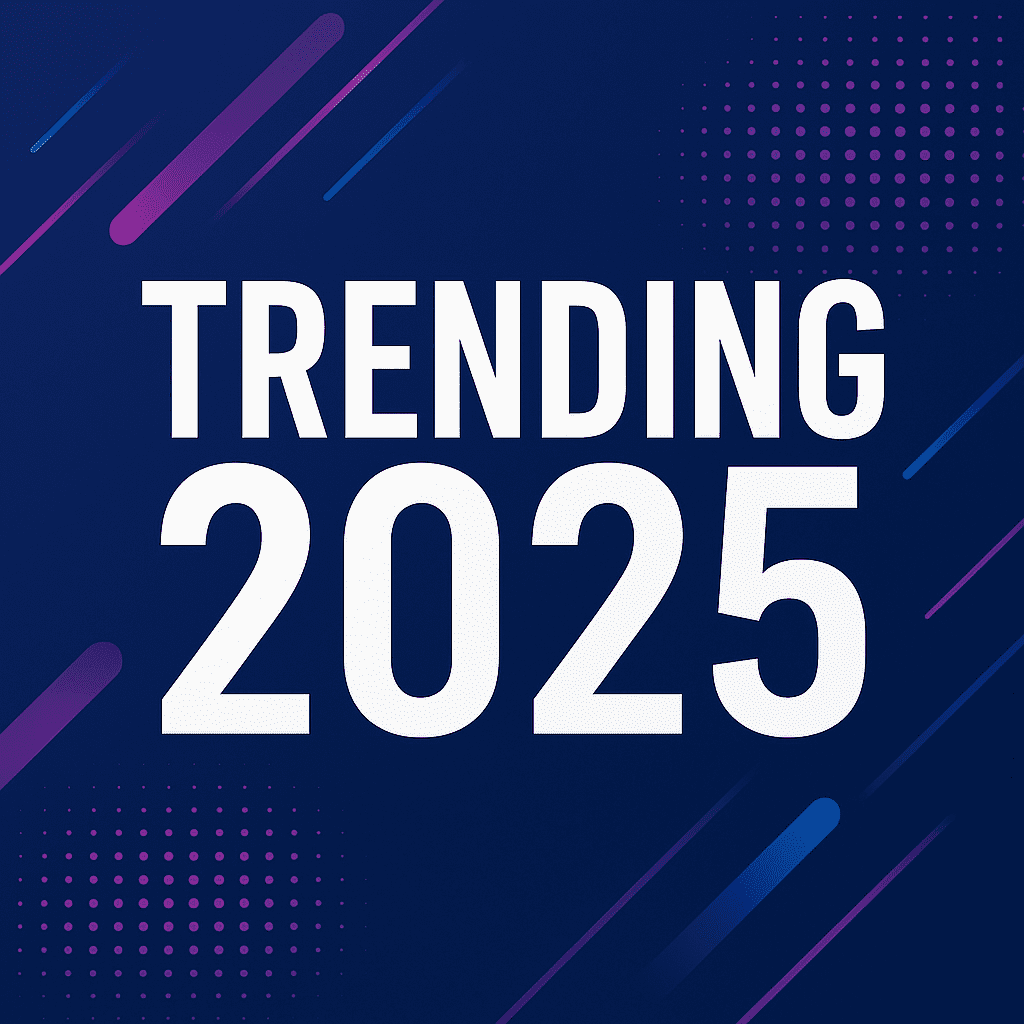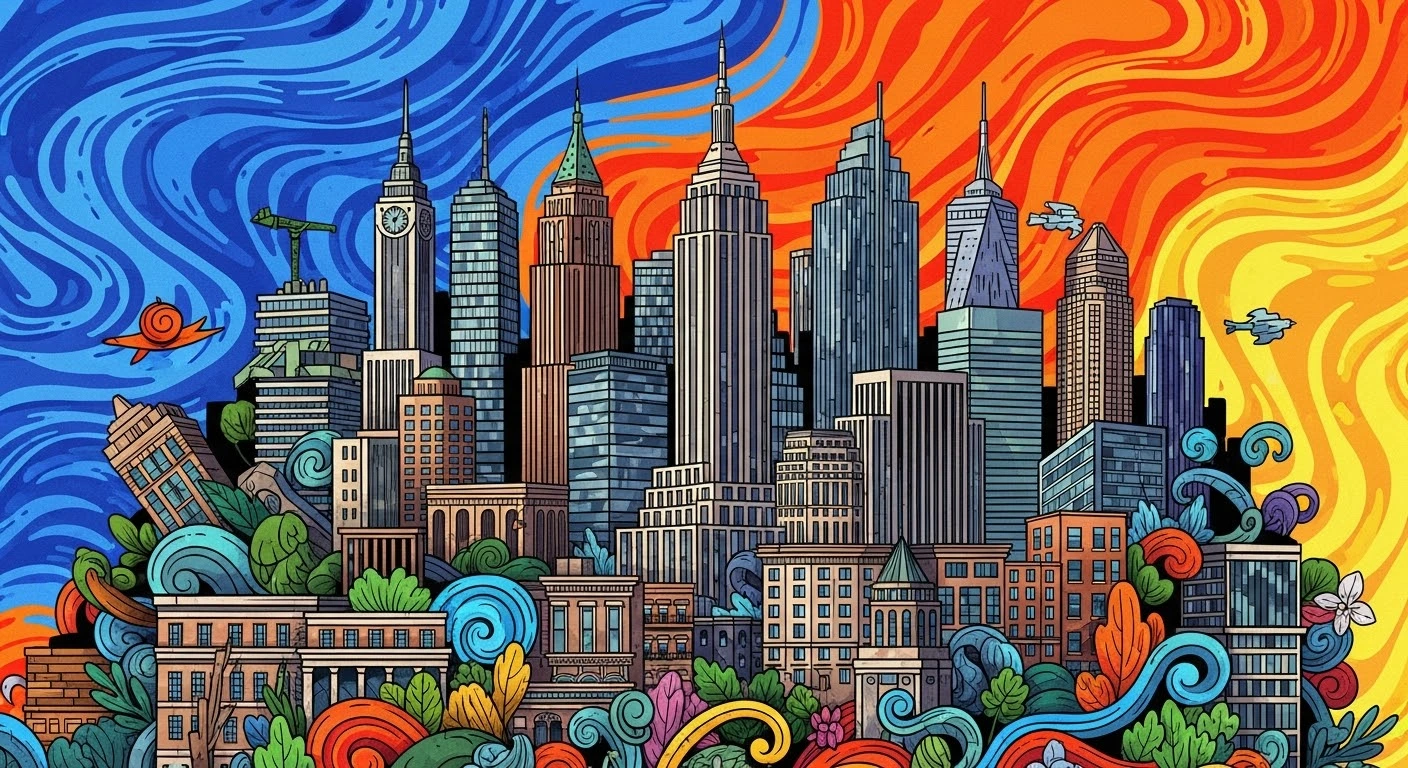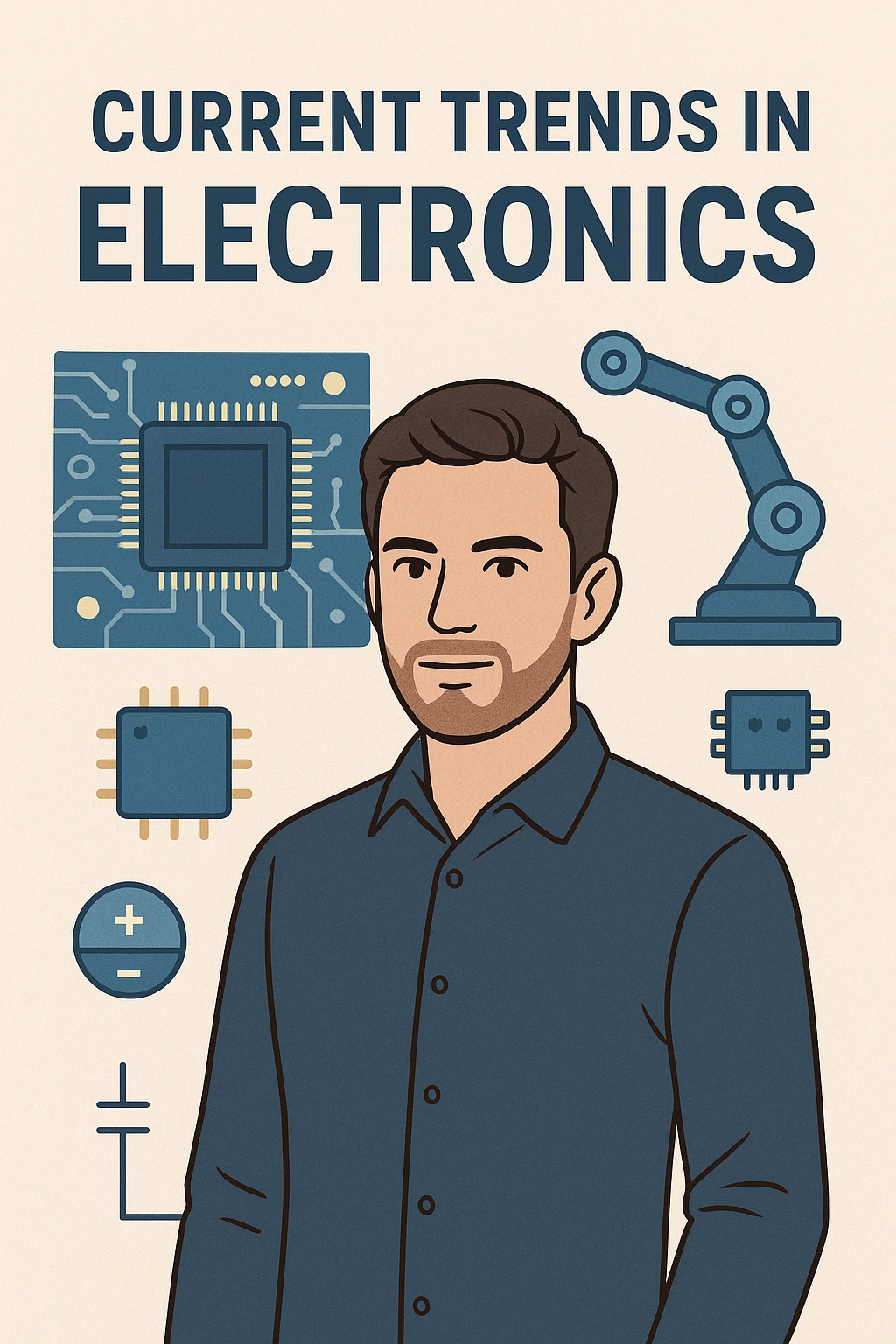Trending 2025: What Are the Hottest Trends for 2025?

Explore the top Trending 2025 that are transforming industries and lifestyles. Get informed and inspired by the innovations and ideas leading the way.
Trending News Fox, “Fast. Fierce. First on the Story.”
Digital Desk Team, Kolkata
Edited by Saibal Bose
Trending 2025: The Trends Shaping Our World
As we move through the final quarter of 2025, it’s clear this year has been a period of profound acceleration. The technological and social seeds planted in earlier years have blossomed into tangible realities. They are reshaping everything from our daily routines to global industries. This isn’t just about futuristic concepts anymore; it’s about practical application and widespread adoption.
Here’s a look at the defining Trending 2025 that are setting the stage for the years to come.
1. The Age of Applied AI: Your Digital Co-Pilot is Here
If the early 2020s were about the novelty of generative AI, 2025 is the year of Applied AI. Artificial Intelligence has moved from a standalone tool to a deeply integrated co-pilot in our personal and professional lives.
- AI Agents: We’re seeing the rise of sophisticated AI agents that can do multi-step tasks. Instead of just asking an AI to write an email, users are giving it a detailed itinerary to plan. This includes planning a weekend trip to Goa for two under ₹30,000. The tasks involve booking refundable flights, finding a hotel with a pool, and creating a basic itinerary. These agents autonomously interact with different apps and services to get the job done.
- Multi-Modal by Default: The lines between text, image, audio, and video generation have blurred completely. AI models now seamlessly process and generate content across all modalities. A user can upload a video of a broken appliance. The AI can diagnose the problem. It generates a text-based repair guide. The AI also creates a 3D overlay showing which part to fix.
- Industry Integration: Sectors like healthcare are using AI for predictive diagnostics from patient scans. Finance relies on it for real-time fraud detection. It also provides personalized financial planning at a scale never seen before.
2. The Immersive Internet (Spatial Computing) Matures
The “metaverse” hype has cooled, but its core technology has matured into something far more practical: Spatial Computing. Powerful, lightweight augmented reality (AR) and virtual reality (VR) headsets are becoming more accessible. As a result, the digital and physical worlds are blending.
- Collaborative Workspaces: Remote teams are no longer confined to 2D video calls. They meet in persistent virtual rooms. Team members manipulate 3D models of products. They brainstorm on infinite whiteboards and experience a genuine sense of presence with colleagues across the globe.
- Retail and E-commerce: Shoppers use AR apps to visualize how a sofa would look in their living room. They can try on clothes virtually with stunning accuracy. This “try before you buy” digital layer is dramatically reducing return rates and enhancing customer experience.
- Education and Training: Medical students conduct complex surgeries in VR simulations. Engineers learn to use heavy machinery in safe, virtual environments.
3. The Sustainability Imperative: The Circular Economy Takes Hold
Conscious consumerism has evolved into a full-fledged economic principle. In 2025, sustainability isn’t just a marketing buzzword; it’s a core business metric driven by both regulation and consumer demand.
- The Circular Economy: The “take-make-dispose” model is officially outdated. Companies are now designing products with their entire lifecycle in mind. They use recycled materials. They guarantee products are easily repairable and recyclable. “Right to Repair” movements have gained significant traction, forcing manufacturers to make spare parts and repair guides available.
- Energy Transition: Investment in renewable energy sources like next-generation solar, wind, and green hydrogen has skyrocketed. Smart grids powered by AI are optimizing energy distribution, reducing waste, and improving reliability. We’re also seeing breakthroughs in battery technology, making energy storage more efficient and affordable.
4. The Future of Work is Flexible and Augmented
The debate over remote vs. office work has settled into a new equilibrium: Structured Hybrid and Augmented Work.
- Structured Hybrid Models: Companies have moved beyond ad-hoc policies. Most have adopted structured models. These include 3 days in the office and 2 remote. Some companies assign “collaboration days” vs. “focus days.” The office is now primarily a hub for teamwork, innovation, and culture-building.
- The AI Colleague: AI tools are now standard issue for knowledge workers. They summarize long meetings, draft reports, analyze complex datasets, and write code. These tasks free up human employees to focus on strategic thinking. Creativity and problem-solving are skills that are now more valuable than ever.
5. Hyper-Personalization in Health and Wellness
Healthcare is shifting from a reactive to a proactive and highly personalized model, driven by technology.
- Advanced Wearables: Modern wearables do more than just count steps. They track a suite of biomarkers in real-time. These include glucose levels, stress indicators, and sleep quality. These devices offer early warnings for potential health issues.
- AI-Powered Wellness: Your health app no longer gives generic advice. It uses your personal data (with consent) to create bespoke fitness plans. It provides diet recommendations based on your genetic markers. It also supplies mindfulness exercises tailored to your stress patterns. Mental health support has become a digital-first service for many. AI-powered chatbots offer first support. They also connect users with therapists.
Trending 2025: Frequently Asked Questions (FAQ)
Q1: What is the single biggest trend defining 2025?
A1: Without a doubt, the deep integration of Applied AI into everyday tools and professional workflows. It’s the underlying engine powering many of the other trends on this list.
Q2: Is the metaverse dead?
A2: The hyped, game-like “metaverse” concept has been replaced by the more practical idea of Spatial Computing. The Immersive Internet focuses on blending digital information and experiences with our physical world through AR and VR.
Q3: How can individuals and businesses prepare for these changes?
A3: The key is adaptability and continuous learning. For individuals, this means developing digital literacy and focusing on “human” skills like critical thinking, creativity, and collaboration. For businesses, it means investing in technology. It also involves fostering a flexible work culture. Furthermore, businesses should embed sustainable practices into their core strategy.
Q4: Are these trends happening everywhere at the same pace?
A4: No, the adoption of these trends varies significantly based on regional infrastructure, economic development, and cultural factors. The general direction is global. Developed nations lead the technological charge. Emerging economies often leapfrog older technologies to adopt the latest ones.
Q5: With all this AI and data collection, what’s happening with privacy?
A5: Privacy remains a central and complex challenge. In 2025, we are seeing stronger data privacy regulations being enacted globally, inspired by models like GDPR. Demand is growing for “explainable AI” ($XAI$). Technologies focusing on user consent and data anonymization are also increasingly important.
Trending 2025: Tags
Trending 2025, 2025 Trends, Artificial Intelligence, AI Agents, Future of Work, Sustainability, Circular Economy, AR/VR, Spatial Computing, Tech Trends, Digital Transformation, Health Tech, Wellness, Hybrid Work
Discover more from Trending News Fox
Subscribe to get the latest posts sent to your email.




